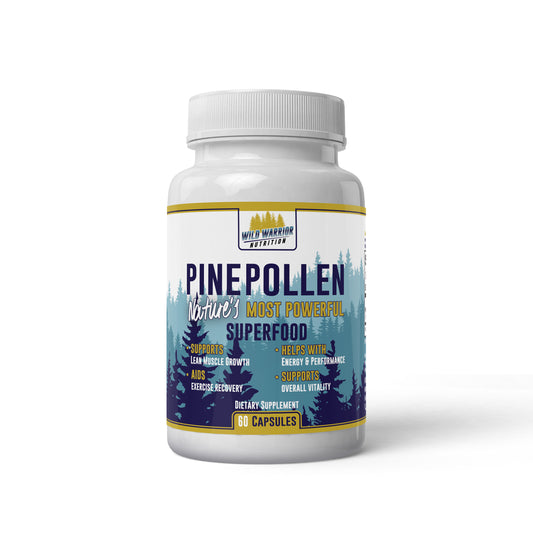So, you've hit 40. Congratulations. You've likely acquired some wisdom, a healthy dose of cynicism, and perhaps a mortgage. But you've also started losing something crucial, something you probably took for granted: muscle.
Starting around age 30, your body begins a slow, methodical process of shedding muscle mass, a sneaky condition called sarcopenia. By the time you're celebrating the big 4-0, this process is well underway, accelerating with each passing year.
This isn't just about not being able to open a stubborn jar or your jeans feeling a little snugger. This progressive muscle loss is a freight train heading for your quality of life. It affects your metabolism, weakens your bones, and makes you more susceptible to injury and chronic disease.
The good news? You can stop that train. You can even reverse its course. The tool to do it is strength training, and after 40, it’s not just a good idea—it’s non-negotiable.
The Mid-Life Muscle Heist
Think of sarcopenia as a quiet thief in the night. It steals about 3-8% of your muscle mass per decade after 30. This isn't just a cosmetic issue. Muscle is your body's metabolic engine. It burns calories even when you're binge-watching your favorite show. Less muscle means a slower metabolism, which is why many people find it easier to gain weight after 40, even if their eating habits haven't changed.
This metabolic slowdown is just the beginning. The loss of muscle tissue is directly linked to an increase in insulin resistance. Your muscles are primary storage sites for glucose. When they shrink, your body has fewer places to stash the sugar from your food, leaving more of it circulating in your bloodstream. This sets the stage for metabolic syndrome and type 2 diabetes. Strength training makes your muscles more sensitive to insulin, essentially re-opening those glucose storage units and helping to keep your blood sugar in check.
Building a Better Skeleton
Osteoporosis might sound like an "old person's problem," but the groundwork for it is laid in your 40s and 50s. After we hit our peak bone mass around age 30, our skeletal system starts to lose density. For women, this process gets a serious kickstart from the hormonal shifts of perimenopause and menopause.
Strength training is one of the most effective ways to fight back. When you lift weights, your muscles pull on your bones. This mechanical stress signals your body to lay down new bone tissue, making your skeleton stronger and more resilient. It’s the physiological equivalent of telling your bones, "Hey, we're still using these! Toughen up!" Studies have consistently shown that resistance exercise can increase bone mineral density in the spine and hip, the very areas most vulnerable to debilitating fractures later in life.
Your Armor Against the World
Let's talk about functional strength. This is the strength you need for everyday life: carrying groceries, lifting your kids (or grandkids), hoisting a suitcase into an overhead bin, or just getting up off the floor with grace. As muscle mass and strength decline, these simple tasks become more difficult and the risk of injury skyrockets.
A weak core, glutes, and back muscles contribute to the chronic low back pain that plagues so many adults. A lack of leg and hip strength increases your risk of falls, which can be devastating as you get older. Strength training builds a suit of "muscle armor" that protects your joints, improves your balance and stability, and makes you far more resilient to the physical challenges of life. It's the ultimate insurance policy for your physical independence.
Getting Started: No Excuses
"I don't have time." "The gym is intimidating." "I don't know what to do." The list of excuses is long, but the solutions are simple. Getting started with strength training doesn't mean you have to start training for a powerlifting meet.
Start with Your Own Body
You already own the perfect starter gym: your body. Bodyweight exercises are incredibly effective for building a solid foundation of strength. They're free, you can do them anywhere, and they teach you proper movement patterns.
- Squats: The king of lower body exercises.
- Push-ups: Can be modified by doing them on your knees or against a wall.
- Planks: A fantastic exercise for core stability.
- Lunges: Great for balance and single-leg strength.
- Glute Bridges: Essential for waking up your backside and supporting your lower back.
Aim to perform a few sets of these exercises 2-3 times per week. Focus on good form over the number of repetitions.
Consider Hiring a Guide
If you're feeling lost, investing in a few sessions with a qualified personal trainer is one of the best things you can do. A good trainer will assess your current fitness level, teach you correct form to prevent injury, and create a program tailored to your goals. Think of it as a short-term educational investment that will pay dividends for the rest of your life.
The "Something is Better Than Nothing" Rule
Don't fall into the "all or nothing" trap. You don't need to spend two hours in the gym every day. Consistent, 20-30 minute sessions, performed 2-3 times a week, can produce dramatic results. The key is consistency. Find a routine that fits your life and stick with it. The best workout program is the one you actually do.
It's More Than Just Muscle
The benefits of lifting weights go far beyond the physical. It's a powerful stress reliever. It can improve sleep quality. It boosts confidence and has been shown to be as effective as medication for treating mild to moderate depression. There's a profound sense of empowerment that comes from feeling your body get stronger week after week.
Entering your 40s, 50s, and beyond doesn't have to be about managing decline. It can be a period of building strength, vitality, and resilience. By making strength training a non-negotiable part of your life, you are actively choosing how you want to age. You're not just adding years to your life; you're adding life to your years. So go pick something heavy up. Your future self will thank you.





